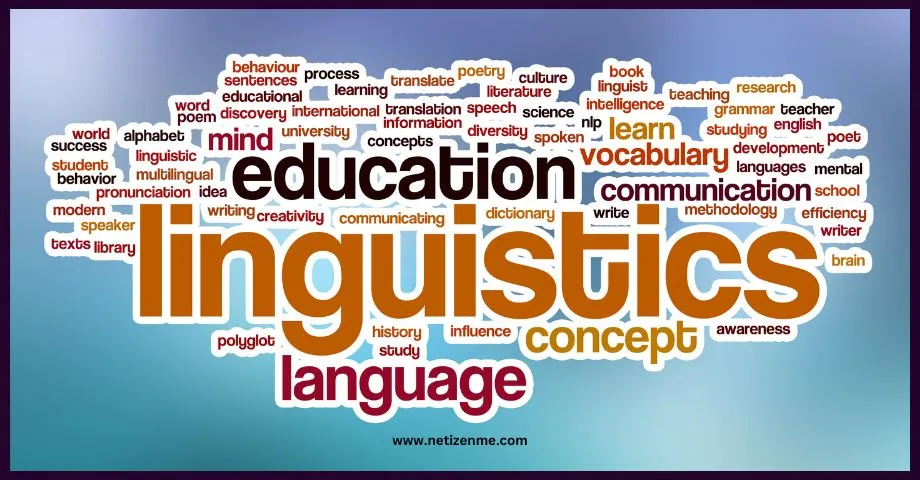In communication, not everything is conveyed through words alone; a significant portion of our understanding comes from paralinguistic features. These vocal elements accompany speech and help convey meaning, including tone, pitch, loudness, and tempo. In this blog post, we will delve into the diverse aspects of paralinguistic features in interpretation, exploring how they enhance communication and the challenges they pose in conveying accurate information.
Paralinguistic Features in Interpretation
What Are Paralinguistic Features?
Paralinguistic features refer to the vocal cues accompanying speech, which are not actual words but play a crucial role in communication. These include variations in speech such as intonation, tone of voice, pauses, and speech rate. They help convey emotions, clarify intent, and enhance the overall message beyond the literal meaning of words.
Importance in Interpretation
Recognizing and correctly conveying paralinguistic features is vital in interpretation, whether between or within the same language. They often carry subtleties that influence the interpretation of a message, indicating sarcasm, affirmation, doubt, or other sentiments that might not be explicitly stated in words.
Paralinguistic Features in Different Contexts
Everyday Communication
In daily interactions, paralinguistic features can indicate a person’s emotional state or reaction, such as excitement, reluctance, or irritation, which might not be explicitly expressed. For example, a sharp tone might indicate annoyance, while a drawn-out speech denotes hesitation or uncertainty.
Professional Settings
In professional environments, these features are pivotal in presentations, negotiations, and everyday workplace communications. For instance, a rising intonation at the end of a sentence can turn a statement into a question, influencing how the audience receives and understands it.
Challenges in Cross-Cultural Communication
Paralinguistic features vary significantly across cultures. A respectful tone in one culture might be perceived as aggressive in another. Such variations can lead to misunderstandings in international meetings, negotiations, and collaborations unless interpreters can navigate these differences.
Practical Applications and Examples
Role in Legal and Medical Settings
In high-stakes environments like courts or hospitals, every nuance in tone or stress can alter the perceived meaning of a statement. Legal interpreters must accurately relay the words and how they are said to ensure fair proceedings. Similarly, in medical consultations, a doctor’s empathetic tone can be as crucial as their spoken diagnosis in providing comfort to a patient.
Media and Public Speaking
Broadcast media extensively relies on paralinguistic features to capture and retain audience interest. News anchors, for example, use shifts in tone to differentiate between serious news segments and lighter topics. Public speakers use pauses for emphasis and pitch variations to keep the audience engaged and convey passion for their subject.
Overcoming Challenges in Interpretation
Training and Awareness
Interpreters must undergo extensive training to master paralinguistic cues in different languages and cultural contexts. This training helps them not only in understanding the linguistic content but also in accurately conveying the speaker’s emotions and intentions.
Technological Aids
Advancements in speech recognition and analysis software are beginning to help interpreters by providing real-time feedback on tone, pitch, and stress, although these technologies are still nascent.
Conclusion: Paralinguistic Features in Interpretation
Paralinguistic features enrich communication by adding layers of meaning not conveyed through words alone. In interpretation, understanding and accurately transmitting these features are essential for the fidelity of the communication. As globalization continues to increase interactions across languages and cultures, the role of paralinguistic features in interpretation will become even more critical. Interpreters who can effectively navigate these subtleties will enhance communication and understanding in various settings, bridging gaps that words alone cannot fill.
